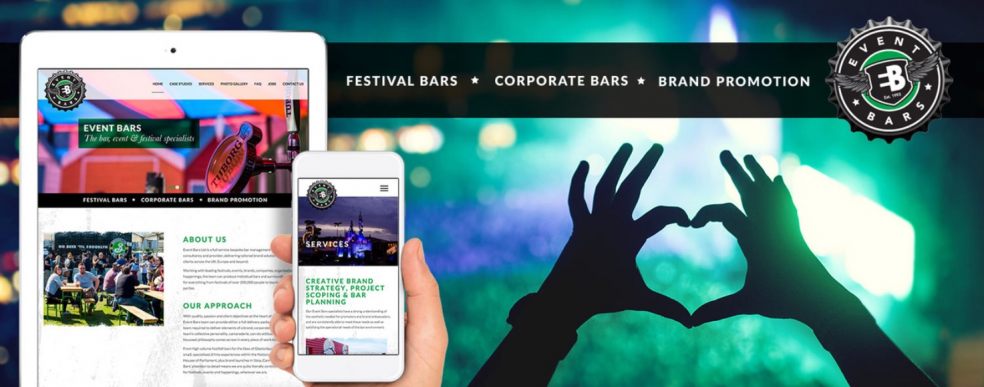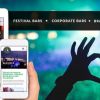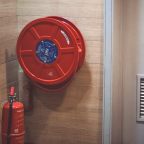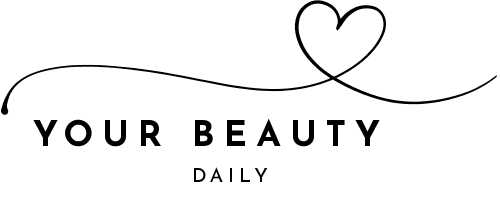
The latest web design features you should be using to get a competitive advantage
The world of web design is ever-changing, adapting to consumer needs, web trends and search engine optimisation at a blistering speed. It is increasingly difficult to keep up with the best practices so we will present the most important web design features for you to keep your current website or future project up to date. It is vital that you create your site following the best practices to help your visitors find what they want and complete that transaction more easily than they may with a competitor.
We present 12 important features that your site must adhere to;
-
No more image sliders
Not only do image sliders slow down a site, but it’s been proven that visitors will only see the first image, and rarely read the title before moving on down the page. So speed up your site and remove the slider. Try distributing images throughout the pages statically along with some enticing text and a call to action.
-
Well placed call to action (CTA) buttons
We all want our visitors to make that purchase or make contact. The visitor needs to be able to complete the task as soon as they have made a decision, you don’t want them to change their mind while getting frustrated trying to complete their purchase. So place relevant CTA’s regularly throughout the site, whether it’s to make a purchase, get into communication or sign up for your newsletter.
-
Search Engine Optimization (SEO) must not be neglected
33% of people searching Google click on the first result, 61% the first 3 results and less than 10% of people search beyond the first page. If you want to reach the top the search results, you must optimise your site for Google. Never has it been more complicated to perfect this, and Google keeps the algorithm a well-guarded secret, however through experimentation we understand the best practices. Use the correct keywords on your page that the visitor will be searching for to find your page. Write content that is relevant to the page, and make each page unique, never repeat content. Use images sparingly, keep the page light and load times as low as possible, ideally below 3 seconds. It’s a long journey to the top, we all want to be winners.
-
Design for mobile-first
Over 50% of internet searches are now done on a mobile device. And Google insists that you create your site for mobile-first, and they will punish you if you do not. Start designing your site for mobile as a priority, and adapt it for larger devices after.
-
Easy familiar navigation
Make sure you don’t try anything new, keep things simple and familiar, lest they get confused and leave. Don’t forget to keep things within reach, with the majority of visitors navigating with their thumb, keep any links or buttons within reach, nobody wants to have to put their latte down to use both their hands to navigate your site.
-
Build your brand identity
When you have chosen your logo and colour scheme, stick to it, and maintain consistency throughout the site, create familiarity. Display your logo proudly and ensure that the colour scheme works in harmony, choose colours that complement each other.
-
A fast loading page is essential
Let’s not forget how painful the days of dial-up were when we had to wait a minute for a page to load. We all expect everything now, or we move on to the next place. Cut out the complex animations they can slow things down. Optimise your images for reduced size without losing quality. Set the page to load content as the visitor scrolls down the page. A slow page is also a big NO! NO! for Google, so keep things light and you’ll see how people like to stick with you.
-
Make use of white space to guide the visitor to the important content
Have you ever seen how much empty space Apple uses on their site? They know what they are doing, by leaving blank space, the product really stands out from the clutter and the visitor’s attention is drawn to their high-end products.
-
Always use high-quality content
A low-quality image or video will make your business look unprofessional and cheap. Hire a photographer to create original images of your products and business, try to stay away from stock images, search engines recognise the lack of originality and will not rate the page as original and new and noteworthy for search engine ranking. Spend a little to make a good impression, the investment will more than pay for itself.
-
Take accessibility into consideration
Everybody uses the internet these days to find the information and products which they are searching for. It is essential to serve your content up for those with visual disabilities. Make sure that the structure of the content is in line with how a screen reader views a page, and make sure that you use high contrast to help those with difficulty to see to read your content.
-
Maintain engagement with your visitors, keep them entertained
Visitors will know that they are successfully completing an action when presented with a micro animation, it’s a small reward and validation, one which goes a long way to creating a positive experience. Use hover animations, and dialogues when a process has been completed successfully to inform and guide your visitors through the process.
-
Never lose a lead by engaging with your visitors using live chat messages
A great experience is based on communication. It’s been proven that a customer is 53% more likely to make a purchase after speaking with a sales representative. You can automate the beginning of a chat to save time and energy and continue the communication in person after the visitor has engaged with the messages. Get your chat on and help your customers find what they need before they start looking elsewhere.
Exeter resident Nick Burrage is MD of Logo+ a local web design and creative agency. In addition to creating and updating websites their team creates online advertising campaigns and social media assets and supports clients with exhibition stands, packaging and graphic design.

















